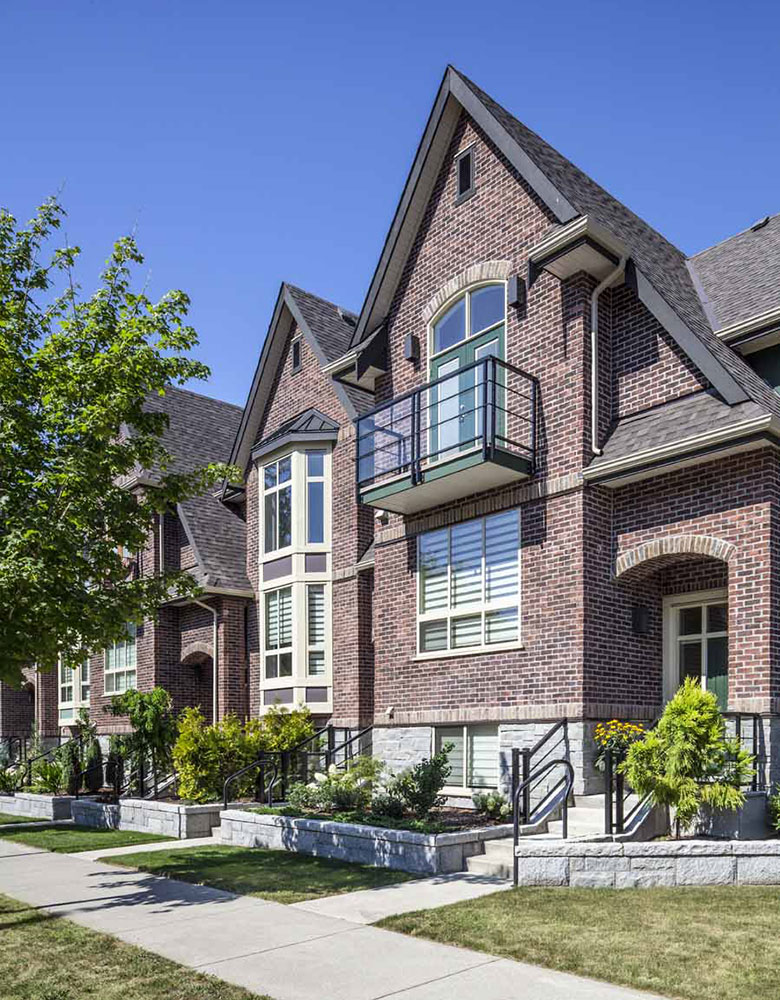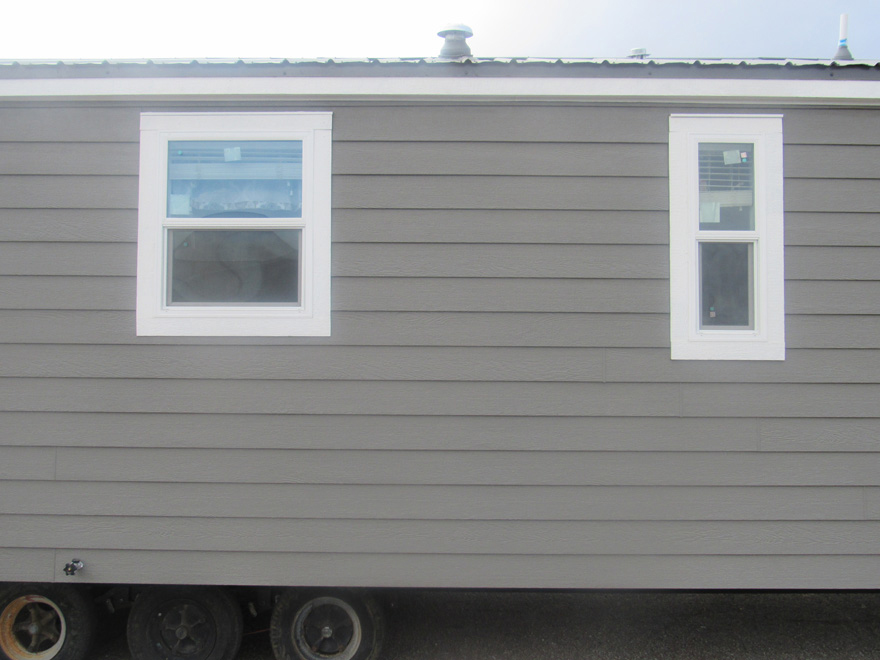
Exteriors of homes can come in a wide variety of materials. Metal, stone and wooden are the most preferred options, but there are other options. Each one has its pros and cons. Before you make a decision, be sure to do your research.
When you plan to install siding on your house, you need to first decide which material is best suited for your area. Vinyl, steel, aluminum and wood are the most commonly used materials. Choosing a material that is ideal for your area will make life easier and lessen the chance of it needing repairs in the future.
Vinyl is a great option for those who want low-maintenance materials. It can be quickly and easily installed. It's available in many colors, including fifteen to forty standard colors. It can replicate many styles such as shake, board, and batten. It is extremely durable and can withstand wear for years. It can also be factory finished, which helps protect from weather. It is also very affordable and flexible.

Fiber cement is one of the most appealing options for house siding. Fiber cement is an alternative to wood and stone that requires little maintenance. It is made from a blend of sand, clay, and cellulose. It's resistant to moisture, rot and termite infestation, and can mimic the appearance of natural wood grain. It can be painted with a solid or faux finish.
Fiber cement is an option for people who desire the appearance of real wood but aren’t willing to spend the extra money. It can be purchased in several colors and custom-colored panels. You can paint it to look just like wood grain. If you aren't sure whether or not you like this style, a professional contractor can help you choose the right siding for your home. They can measure the walls and show you a 3D model of the material.
Engineered Wood offers another option. This is similar in many ways to the options above. Engineered Wood is a manmade alternative to natural wood. It can also be cheaper. It is stronger than wood, and requires less maintenance. This material is much more durable and can easily be painted to match any other color. But, it is not as stunning as real wood and will not convince anyone that this material is real.
Brick is a traditional house siding style that is often used in English cottage homes. It is usually constructed outside the wall sheathing. It comes in a wide range of colors, and can be used on the front, back, or sides of your home. This style is great for houses that are located in humid areas. This style should be discussed with your local building authority if you are considering it. It may be necessary to obtain a permit.

A contractor is the best choice to install your siding. In addition to installing the material, he will also be able to explain the pros and cons of each material and help you calculate your total costs.
FAQ
What time does it take to finish a home remodel?
It depends on the size of the project and the amount of time that you spend each day. The average homeowner spends between three to six hours per week on the project.
How much does it set you back to renovate your house?
Renovations typically cost anywhere from $5,000 to $50,000. Renovations can cost homeowners anywhere from $10,000 to $20,000
Can I rent a dumpster?
A dumpster can be rented to dispose of your debris after you have completed your home renovation. Renting a dumpster is a great way to keep your yard free from trash and debris.
Do you prefer to hire a general contractor, or a subcontractor for your project?
Hiring a general contract is typically more costly than hiring subcontractors. A general contractor often has many workers, which means they can charge their clients more for labor. Subcontractors, on the contrary, hire one employee and charge less per hour.
Statistics
- Design-builders may ask for a down payment of up to 25% or 33% of the job cost, says the NARI. (kiplinger.com)
- The average fixed rate for a home-equity loan was recently 5.27%, and the average variable rate for a HELOC was 5.49%, according to Bankrate.com. (kiplinger.com)
- According to the National Association of the Remodeling Industry's 2019 remodeling impact report , realtors estimate that homeowners can recover 59% of the cost of a complete kitchen renovation if they sell their home. (bhg.com)
- A final payment of, say, 5% to 10% will be due when the space is livable and usable (your contract probably will say "substantial completion"). (kiplinger.com)
- ‘The potential added value of a loft conversion, which could create an extra bedroom and ensuite, could be as much as 20 per cent and 15 per cent for a garage conversion.' (realhomes.com)
External Links
How To
How to renovate an older house
To begin with, I would suggest that you should first determine what type of renovation project you want to undertake. This could range from simple updates to your kitchen appliances, to completely changing the look of the entire house.
Once you've decided what sort of renovation you want to carry out, then you need to think about how much money you have available to spend. It is possible that you don’t have the funds necessary to pay for the entire cost of the project. If this is the case, then you need to make some tough decisions about which areas of the house you can afford to improve and which ones you can't.
Before you make the decision to carry out renovations, there are some things that you should do. The first thing to do is ensure you get the necessary permits. Also, check to see if you need planning permission in order to do certain types work. To add extensions to your home or make other changes, you might need building consent.
Before you start working on the house, it's always best to check the local council website to see if they require any additional permits. You should also check whether you require planning permission for any part of the house you plan to renovate. If you plan to do major renovations, such as replacing a roof, it is advisable to consult your insurance provider to ensure that you have sufficient coverage.
The next step after obtaining all necessary permits is to pick the right materials and tools for the job. You have many options. It is important to carefully research all of them. You will use paint, wallpaper paste or flooring for your renovations.
When choosing these items, remember to look at the quality of the product. Quality products last longer than cheaper products and are less expensive. When buying anything, it's important that you buy the right amount for the job. It is important not to buy too much, as you may end up wasting valuable resources or having to throw out large quantities of material. Instead, make sure you only purchase what you really need.
Once you have chosen the materials, it is time to plan where you will store them while you work on the property. If you're renovating a large area of the house, then you might need to rent storage space in order to keep all your supplies safe until you're ready to put them back inside the house. You can also ask family and friends to help move your items.